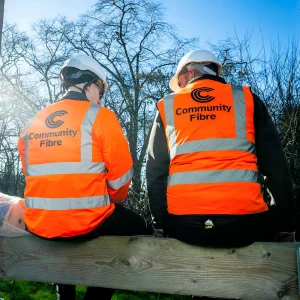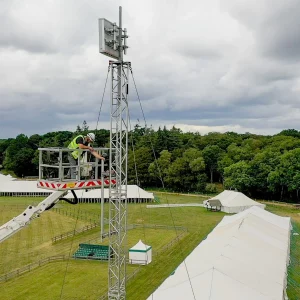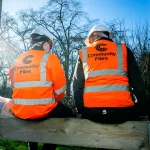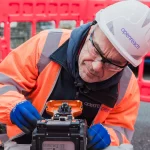Sponsored Links
UPDATE UK Government Reveals Additional Superfast Rural Broadband Pilot Details
Posted: 23rd Oct, 2010 By: MarkJ
 The UK coalition government has revealed some new bits of information about its recently announced "superfast" Next Generation Access (NGA) broadband pilots in the Highlands and Islands (Scotland), Cumbria, North Yorkshire and the Golden Valley, Herefordshire (England). The projects were officially revealed on Wednesday as part of the Chancellor's Spending Review.
The UK coalition government has revealed some new bits of information about its recently announced "superfast" Next Generation Access (NGA) broadband pilots in the Highlands and Islands (Scotland), Cumbria, North Yorkshire and the Golden Valley, Herefordshire (England). The projects were officially revealed on Wednesday as part of the Chancellor's Spending Review.The pilot exercise aims to help establish the commercial costs and challenges involved in rolling out superfast broadband across the UK. It's now understood that each pilot area will receive between £5m and £10m in funding from the £530m being set aside.
UK Government Statement
Work will begin on upgrading the broadband infrastructure in the four areas following further definition of the pilots and a procurement process. It is hoped that suppliers will start rolling out upgraded infrastructure within a year. The pilots will be paid for with a combination of public and private investment.
Work will begin on upgrading the broadband infrastructure in the four areas following further definition of the pilots and a procurement process. It is hoped that suppliers will start rolling out upgraded infrastructure within a year. The pilots will be paid for with a combination of public and private investment.
It's understood that some of the pilots could take up to 18 months before the deployment phase. In addition many of the areas, not least North Yorkshire (NYnet) and the Scottish Highlands/Islands (Pathfinder North Project), have already had millions spent upon them. However in most cases this involved broadband projects to connect local authorities (council, schools, police etc.) and businesses, not residents.
The money itself is a tiny amount for such sizable locations, although with innovative use and the right regulatory environment it could go a lot further than you might think. Smaller ISPs have already shown that they can deliver superfast broadband for considerably less than the largest operators, such as BT Group, and the real test could be in whether or not the government recognises this.
UPDATE 25th October 2010
We missed this last week but Point Topic also had some further details to add.
BDUK is in the process of preparing a paper drawing conclusions from the exercises which is to be published on the BIS website.
These conclusions are likely to include:
These conclusions are likely to include:
* The importance of backhaul given it is a major element both in terms of capex and opex. In order to deliver 2Mbps download speeds appropriate backhaul has to be in place. Indeed, if this is provided then most solutions will deliver over and above 2Mbps services.
* The appeal of mixed fixed and wireless technology solutions. This approach is overwhelmingly regarded as the answer to delivering 2Mbps or more services to remote rural locations. One technology alone, perhaps with some exceptions in terms of satellite, will not cut it.
* The areas chosen for the USC exercises contain too few households to be viable on their own for most companies. Generating sufficient revenue in these areas to cover opex will be difficult. They would therefore probably need to be part of a bigger project to be considered as candidates for pilot schemes.
Search ISP News
Search ISP Listings
Search ISP Reviews
Latest UK ISP News








Cheap BIG ISPs for 100Mbps+
150,000+ Customers | View More ISPs
Cheapest ISPs for 100Mbps+
Modest Availability | View More ISPs
Latest UK ISP News
Helpful ISP Guides and Tips
Sponsored Links
The Top 15 Category Tags
- FTTP (6768)
- BT (3873)
- Politics (3060)
- Business (2752)
- Openreach (2650)
- Building Digital UK (2503)
- Mobile Broadband (2457)
- FTTC (2139)
- Statistics (2118)
- 4G (2078)
- Virgin Media (2011)
- Ofcom Regulation (1773)
- 5G (1716)
- Fibre Optic (1597)
- Wireless Internet (1590)
Sponsored
Copyright © 1999 to Present - ISPreview.co.uk - All Rights Reserved - Terms , Privacy and Cookie Policy , Links , Website Rules
































